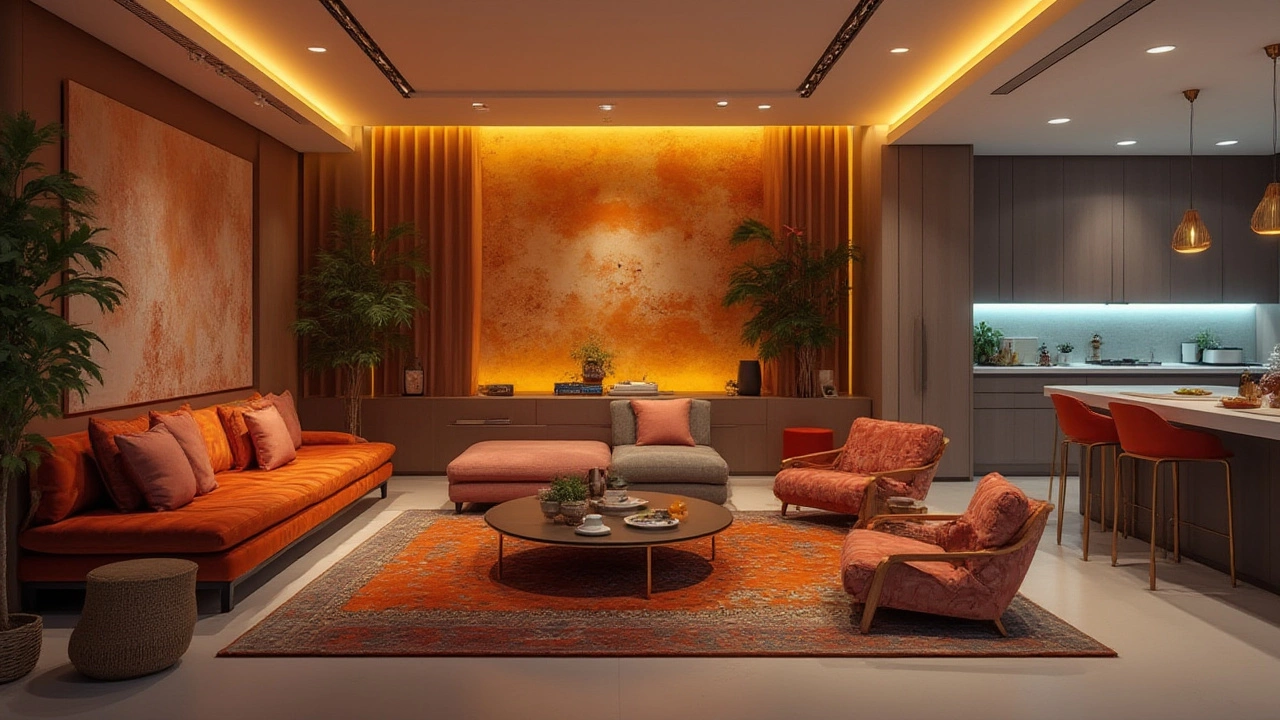Lighting Design: How Light Shapes Every Room
When you think about Lighting Design, the art of planning light sources to affect mood, function, and visual appeal. Also known as Illumination Design, it sits at the crossroads of aesthetics and engineering, affecting everything from a cozy bedroom vibe to a high‑productivity kitchen.
One of the biggest partners of Interior Design, the broader discipline of arranging space, colour, and furniture, is lighting design. A well‑lit room can make a modest floor plan feel spacious, while poor lighting can hide even the most expensive décor. This relationship means that every colour palette, fabric choice, and furniture layout you consider will also dictate the type and placement of light sources.
Modern LED Lighting, energy‑efficient light‑emitting diodes that offer precise colour control has reshaped the way designers think about illumination. Because LEDs can be dimmed, colour‑tuned, and placed in thin strips, they enable designers to create layered light levels—ambient, task, and accent—without bulky fixtures. In short, LED lighting influences lighting design by expanding what’s possible while keeping energy bills low.
Key Elements That Drive Effective Lighting Design
Ambient Lighting, the general, overall illumination that fills a room is the foundation. It sets the baseline brightness and affects how colours appear on walls and furniture. Pair ambient light with Task Lighting, focused light for reading, cooking, or other activities to ensure functionality without glare.
Lighting Fixtures, the physical housings—pendants, recessed cans, wall sconces—that hold the light source act as both functional tools and decorative statements. Choosing the right fixture style can reinforce a modern minimalist look or highlight a vintage theme, linking back to your overall interior design concept.
Finally, Colour Temperature, measured in Kelvin, defines whether light feels warm (soft whites) or cool (daylight blues) impacts mood. Warm tones invite relaxation in living rooms, while cooler tones boost concentration in home offices.
All these pieces—ambient, task, accent, fixtures, colour temperature, and the power of LEDs—create a web of decisions that define a successful lighting design. Understanding their interplay helps you avoid common pitfalls such as over‑lighting a small bathroom or under‑lighting a large kitchen island.
Below you’ll find a curated set of articles that break each of these topics down further. From practical how‑to guides on choosing the right pendant for a dining area to deeper dives into LED dimming strategies, the collection equips you with the knowledge to plan, install, and enjoy great light in every corner of your home.
